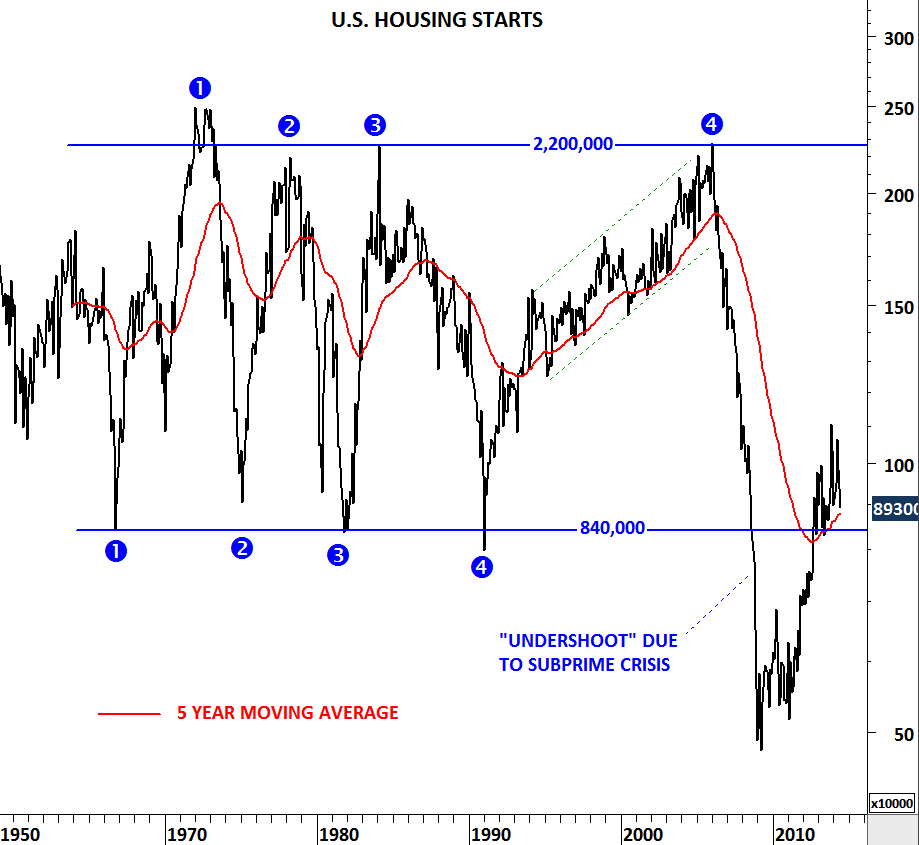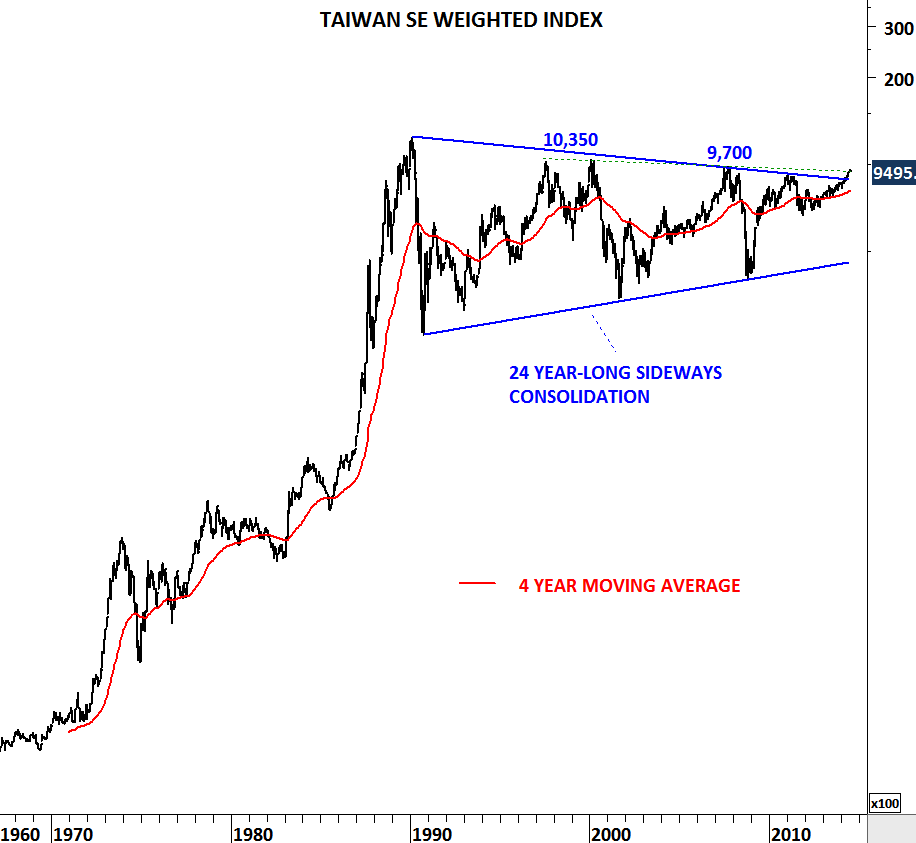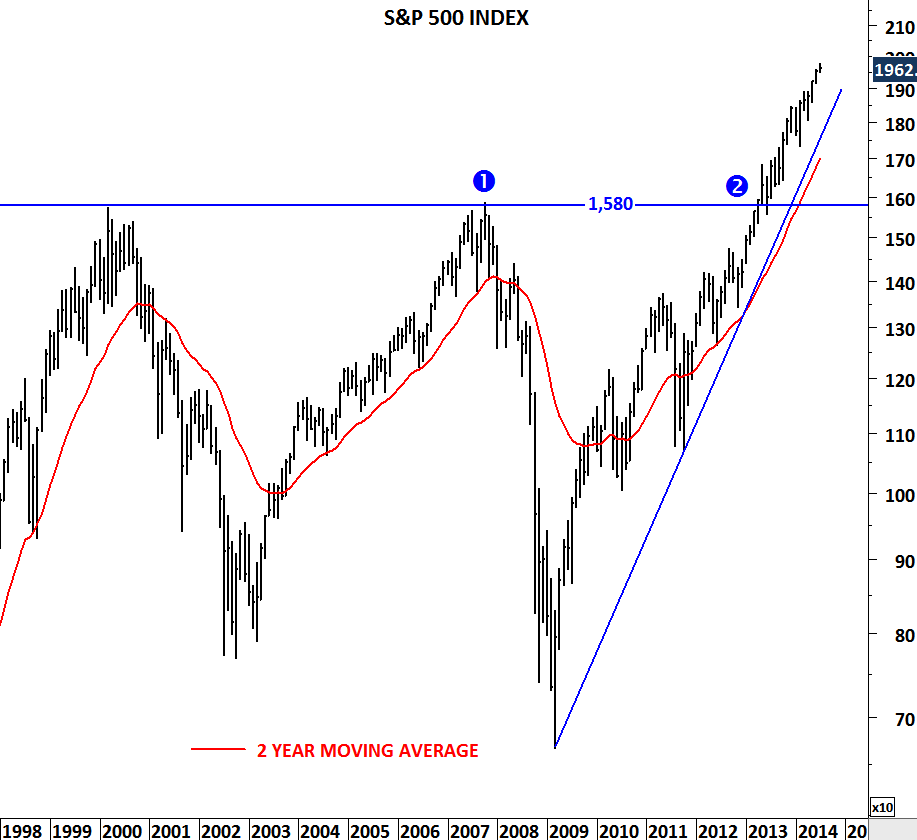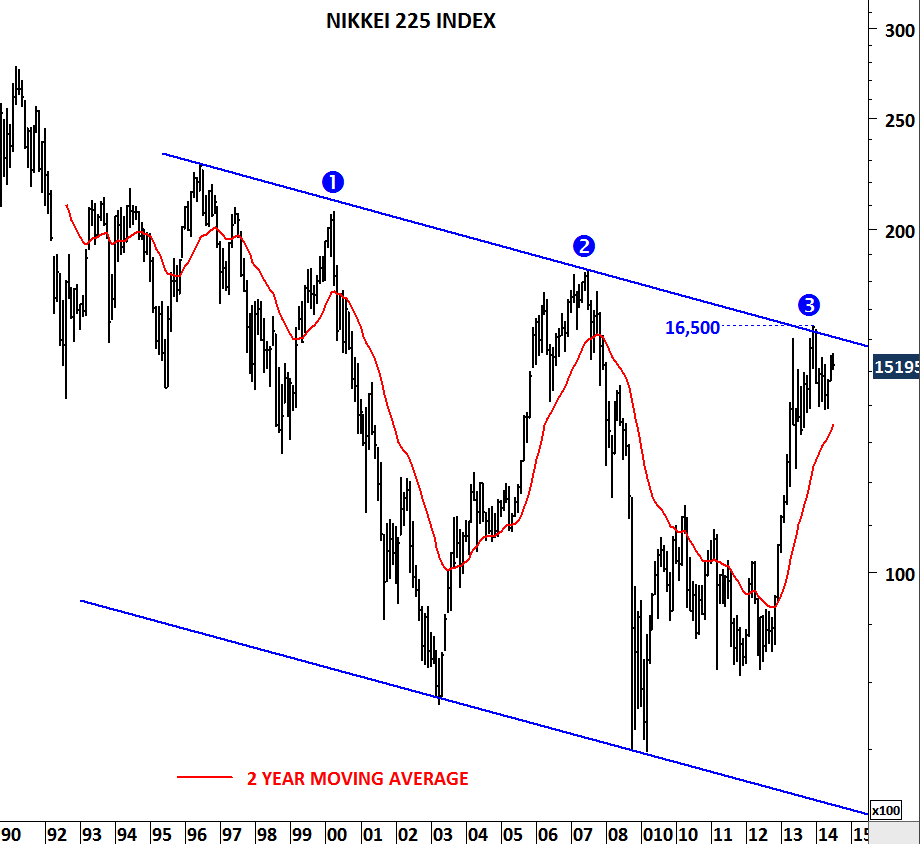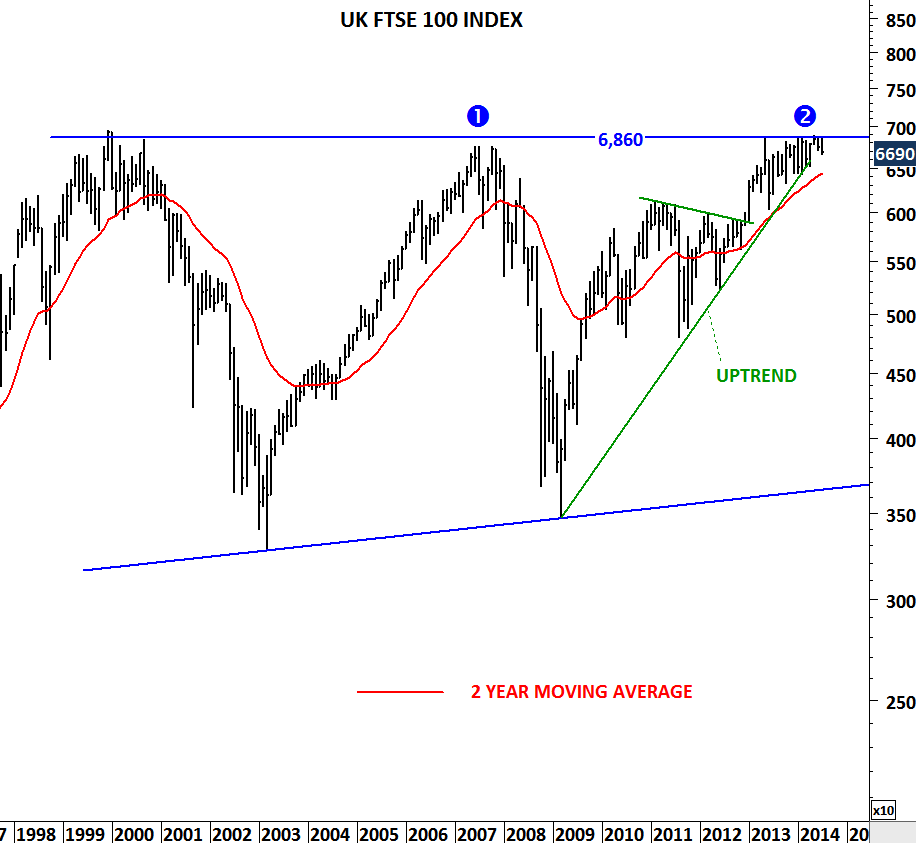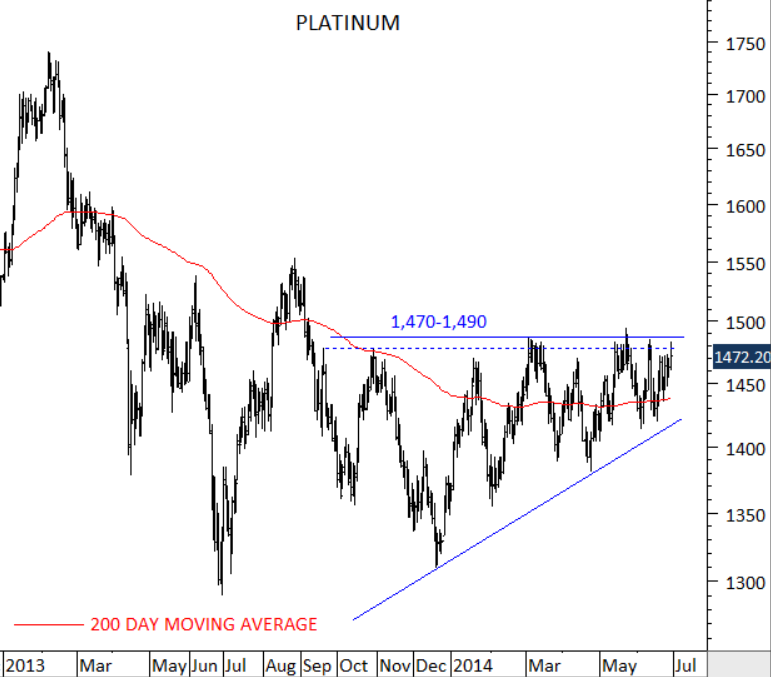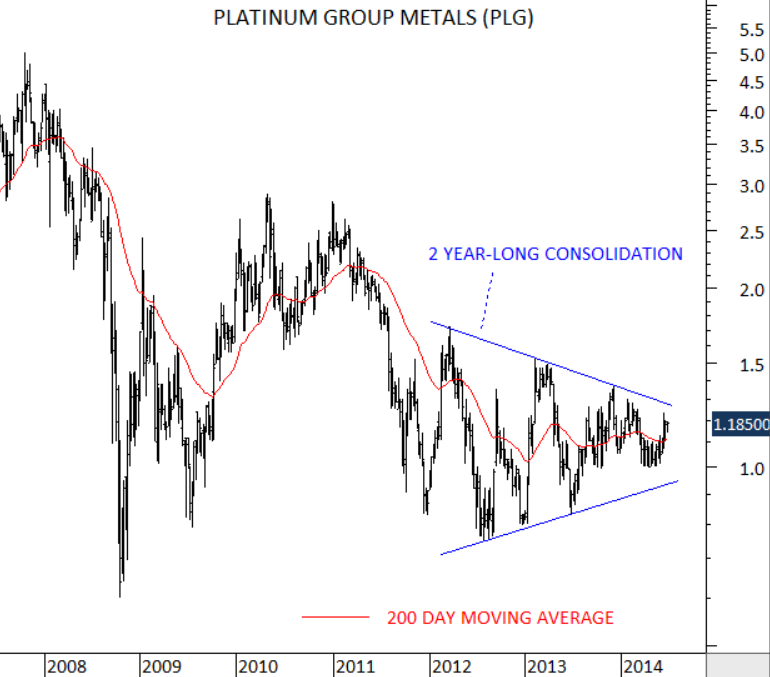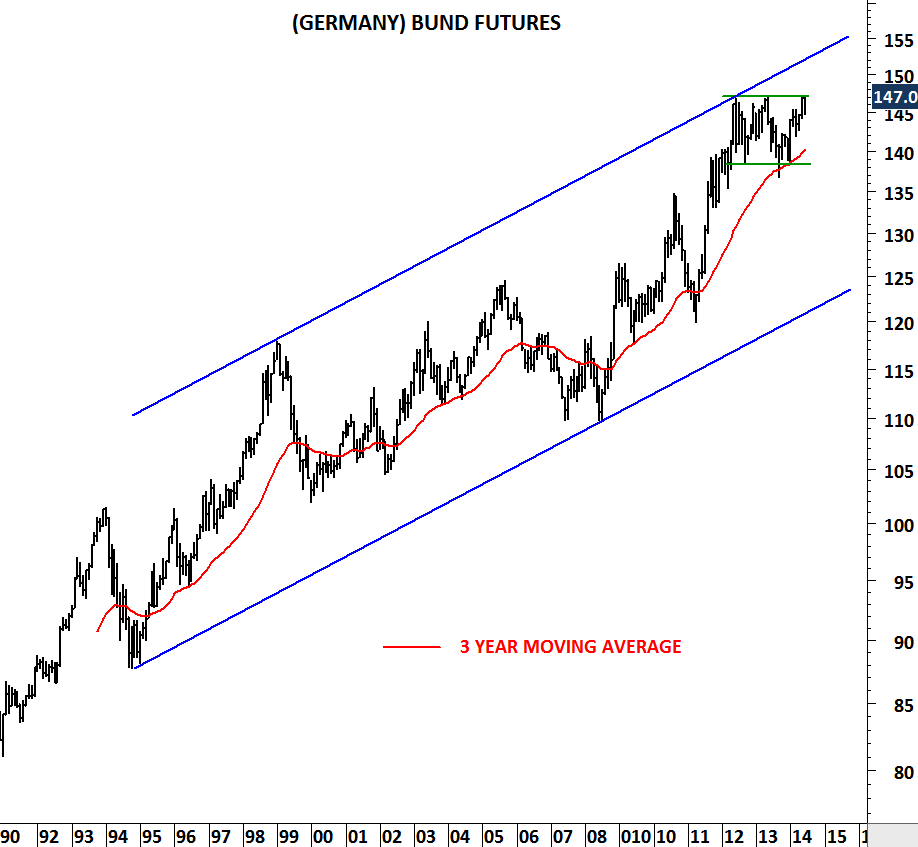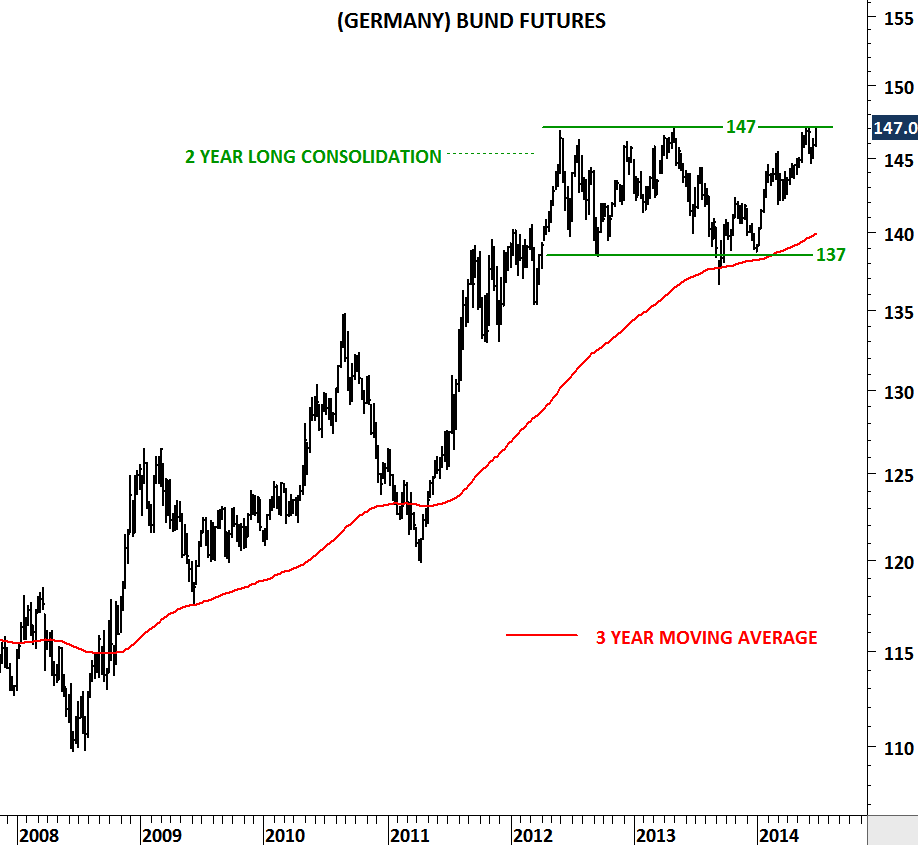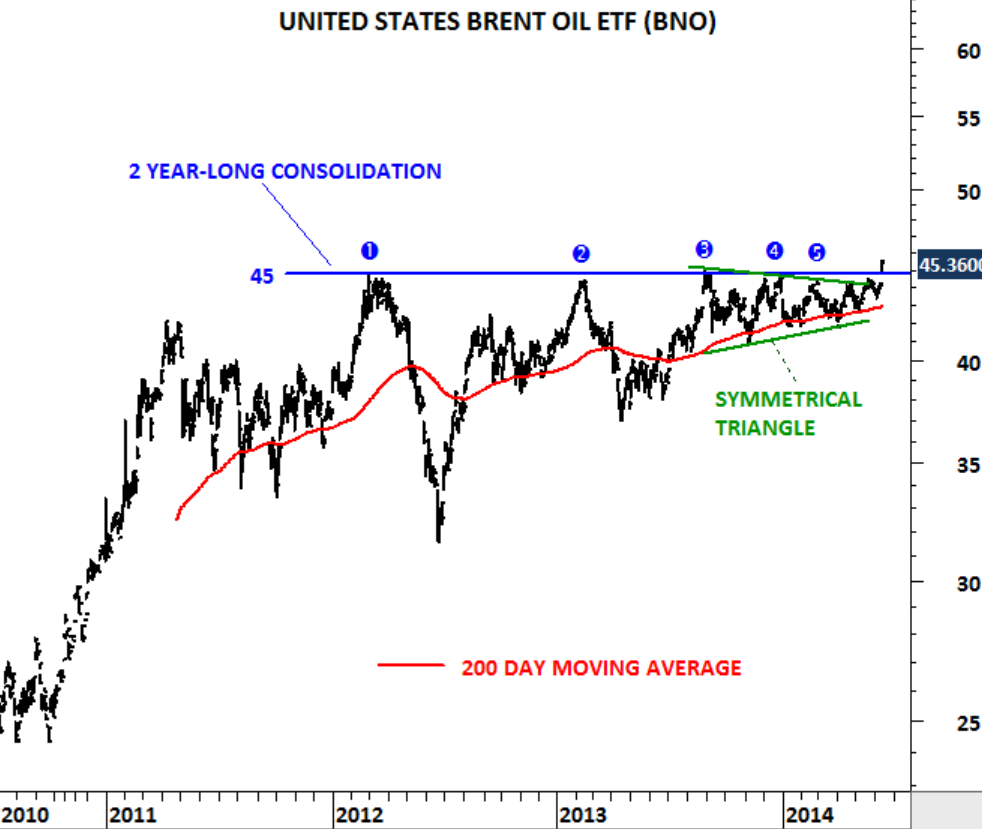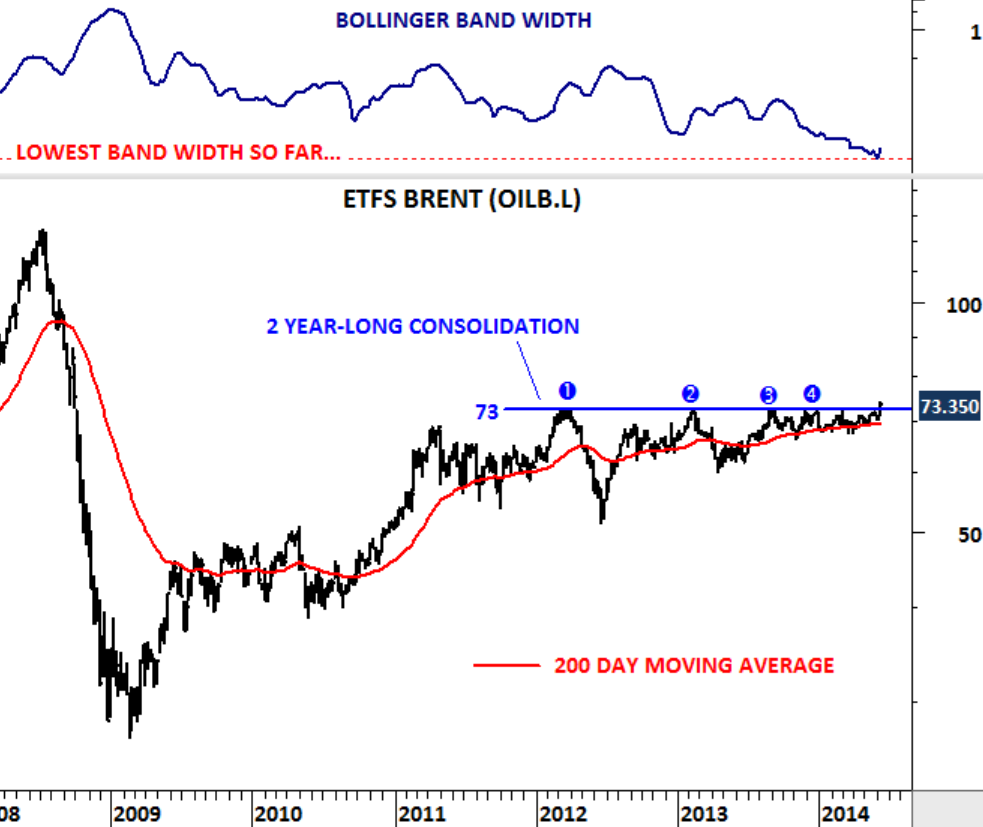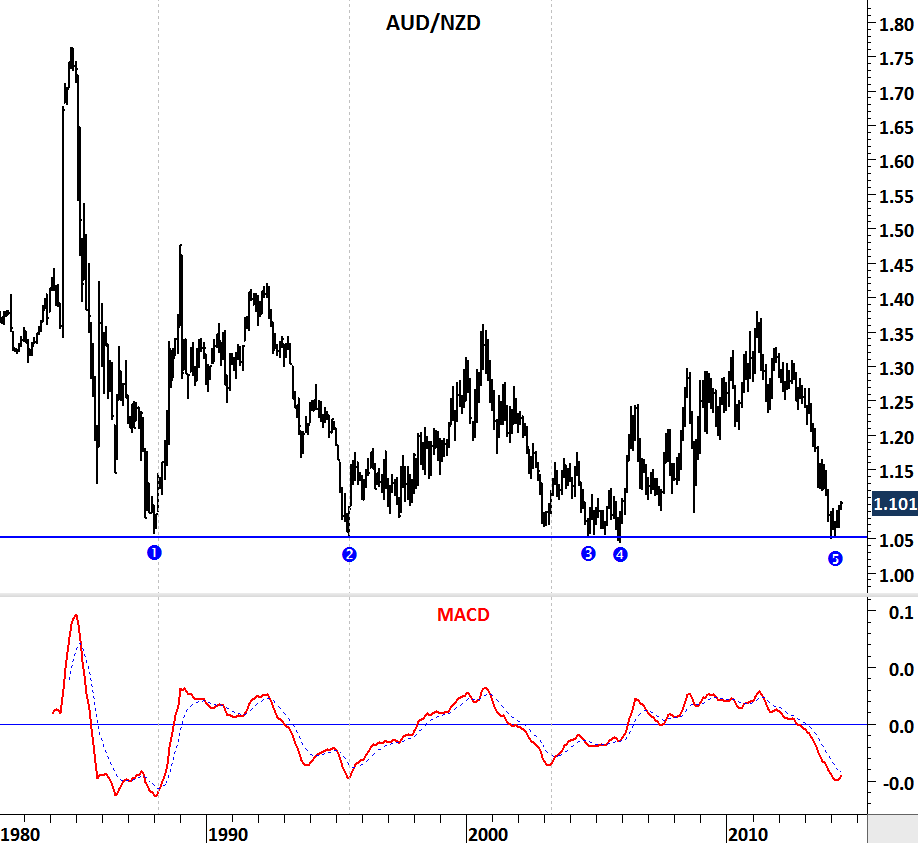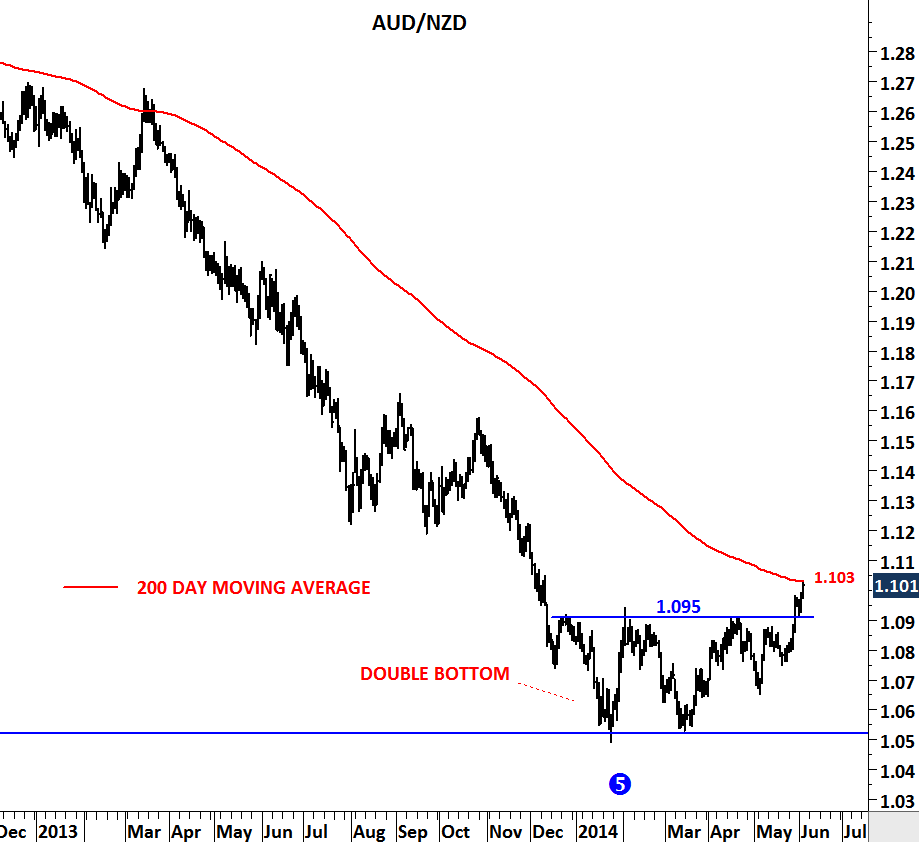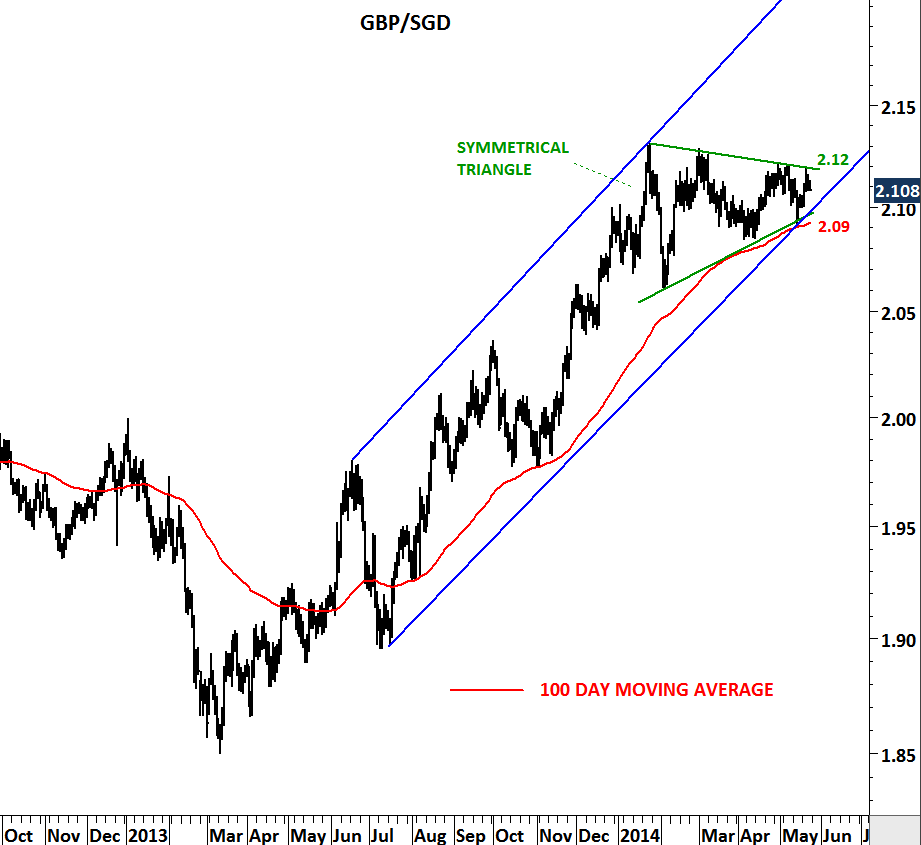GOLD
Year-long consolidation in Gold prices should end soon. A strong trend period should follow once the symmetrical triangle is resolved in one direction. Volatility has decreased on weekly scale and this increased the likelihood of high volatility period in the following weeks/months. Boundaries of the consolidation stand at 1,270 and 1,360 levels. Breakout above 1,360-1,400 area will push gold price higher towards 1,525 levels. Breakdown below 1,250-1,270 support area will result in another downtrend towards 1,150 levels.


